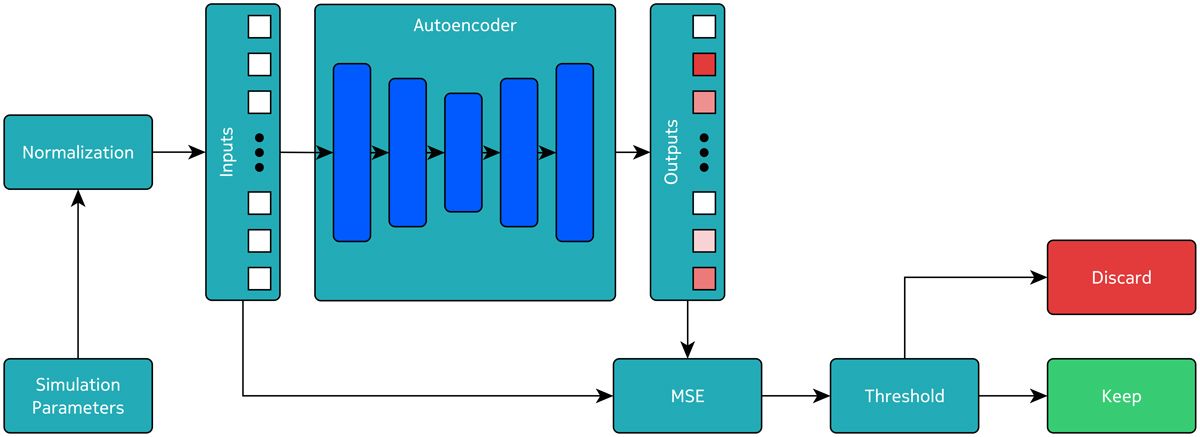Cette page a été traduite automatiquement.
Merci de bien vouloir compléter un sondage de 1 minute concernant la qualité de cette traduction.
Nokia crée un système de Machine Learning pour optimiser les tests de design hardware
La solution réduit considérablement le temps nécessaire pour obtenir une couverture complète
« L'assistance fournie par l'équipe MathWorks a été très utile, car elle m'a permis de passer en toute transparence de mon workflow Python habituel® à celui présenté par Deep Learning Toolbox et Statistics and Machine Learning Toolbox. »
Principaux résultats
- MATLAB a permis de réduire jusqu'à 2x (43%) le nombre de tests nécessaires à l’obtention d’une couverture complète
- La qualité de la vérification est améliorée grâce à la réduction des cas de tests redondants
- Le temps de simulation cumulé a été considérablement réduit, ce qui a permis de diminuer l'utilisation des ressources de calcul
En tant que leader dans la production de technologies de télécommunications, Nokia doit constamment développer et tester de nouveaux designs hardware. La méthode traditionnelle pour tester de nouveaux designs consiste à utiliser des tests aléatoires contraints. Mais à mesure que les designs deviennent plus complexes, les techniques de tests aléatoires deviennent limitées pour assurer une couverture fonctionnelle complète dans un délai raisonnable. Afin de résoudre ce problème, l'équipe de recherche de Nokia a utilisé MATLAB® pour développer un algorithme de Machine Learning basé sur un réseau de neurones, dans le but de réduire de manière significative le temps nécessaire pour atteindre une couverture fonctionnelle complète pour un algorithme de récepteur radio 5G en situation réelle.
L'équipe a utilisé Deep Learning Toolbox™ et Statistics and Machine Learning Toolbox™ pour tester une série d'algorithmes d'apprentissage supervisé, notamment SVM, des arbres de décision, des forêts aléatoires et des réseaux neuronaux avec des couches LSTM. Ils ont ensuite reformulé la tâche comme un problème de détection d’anomalies non supervisé et ont utilisé un modèle d’autoencodeur intégré au flux de vérification du circuit. Le modèle d'autoencodeur permet de filtrer un sous-ensemble de tests pouvant assurer une couverture complète en ciblant de nouvelles fonctionnalités jusqu'alors non vérifiées.
Nokia a utilisé un banc d'essai basé sur UVM avec un simulateur de traitement 5G écrit en MATLAB comme modèle de référence, connecté via une couche d'interface C/C++. Ce système de Deep Learning a permis à l’équipe de développer et de tester rapidement différentes solutions. Les résultats montrent que cette nouvelle approche permet de réduire jusqu’à 2 fois le nombre de tests nécessaires pour s’assurer d’une couverture complète par rapport à l’approche traditionnelle, tout en améliorant la qualité globale de la vérification par la réduction du nombre de cas de tests redondants.
Produits utilisés
Ressources associées
